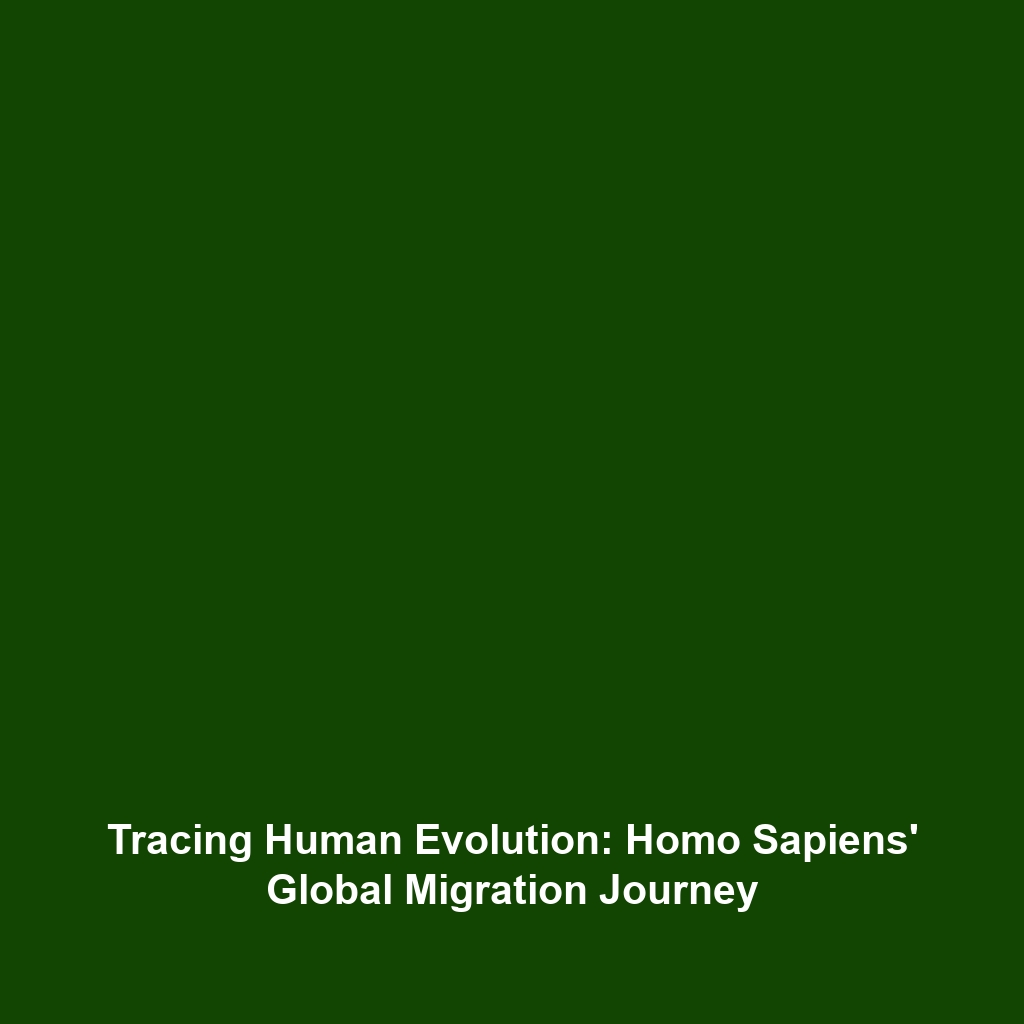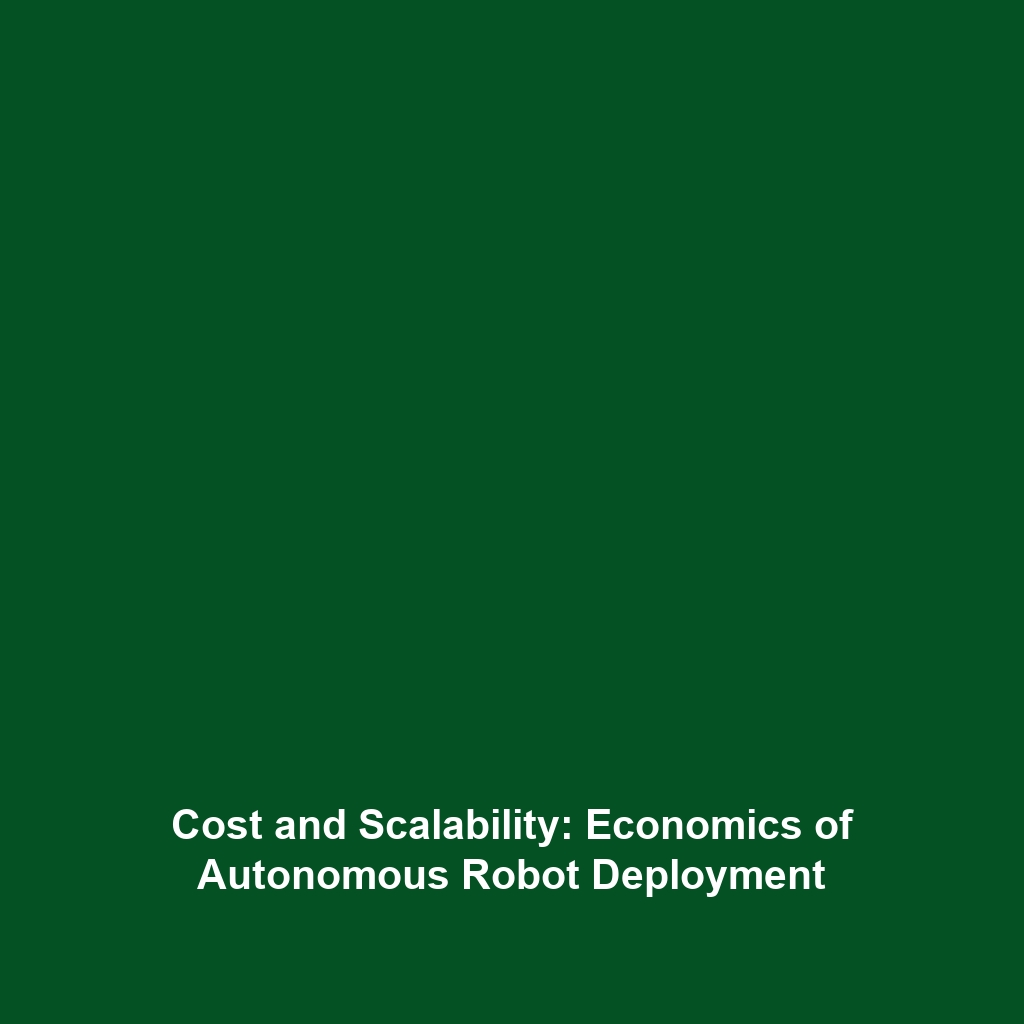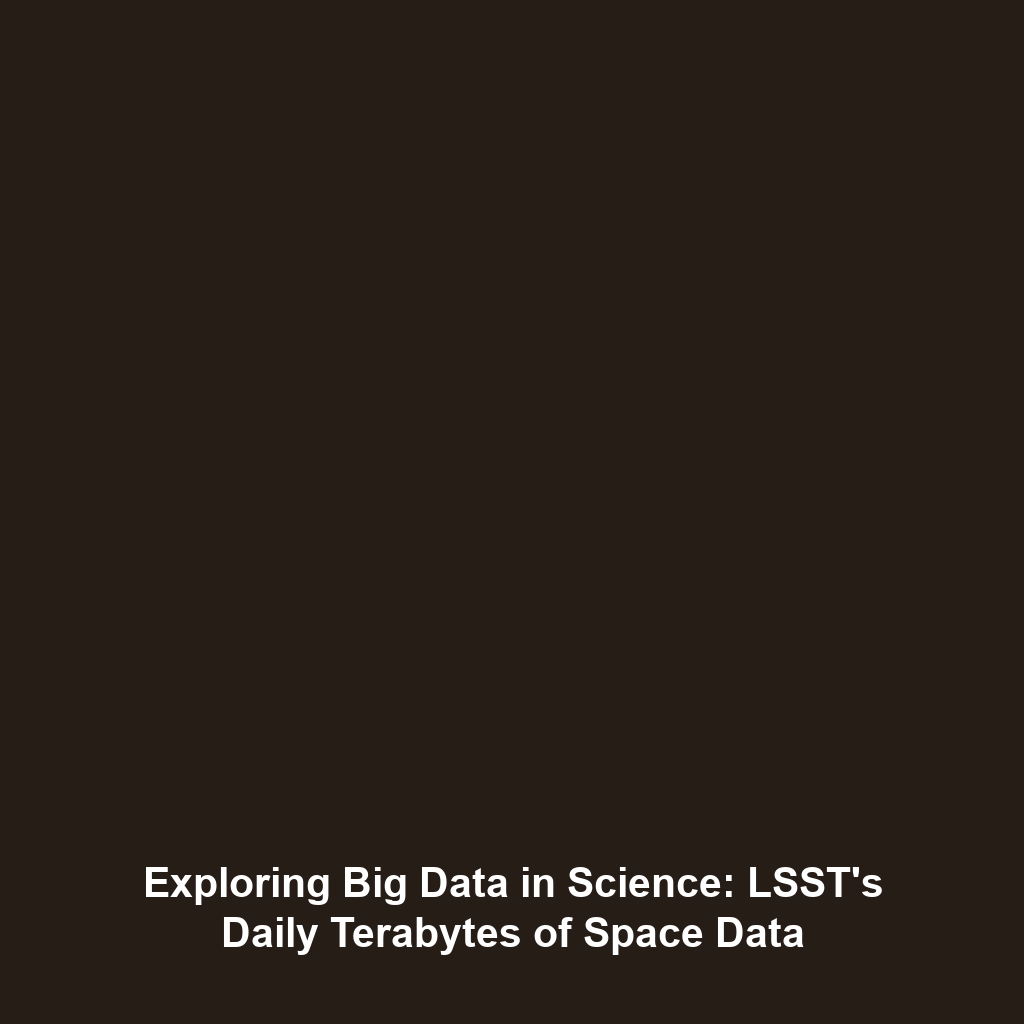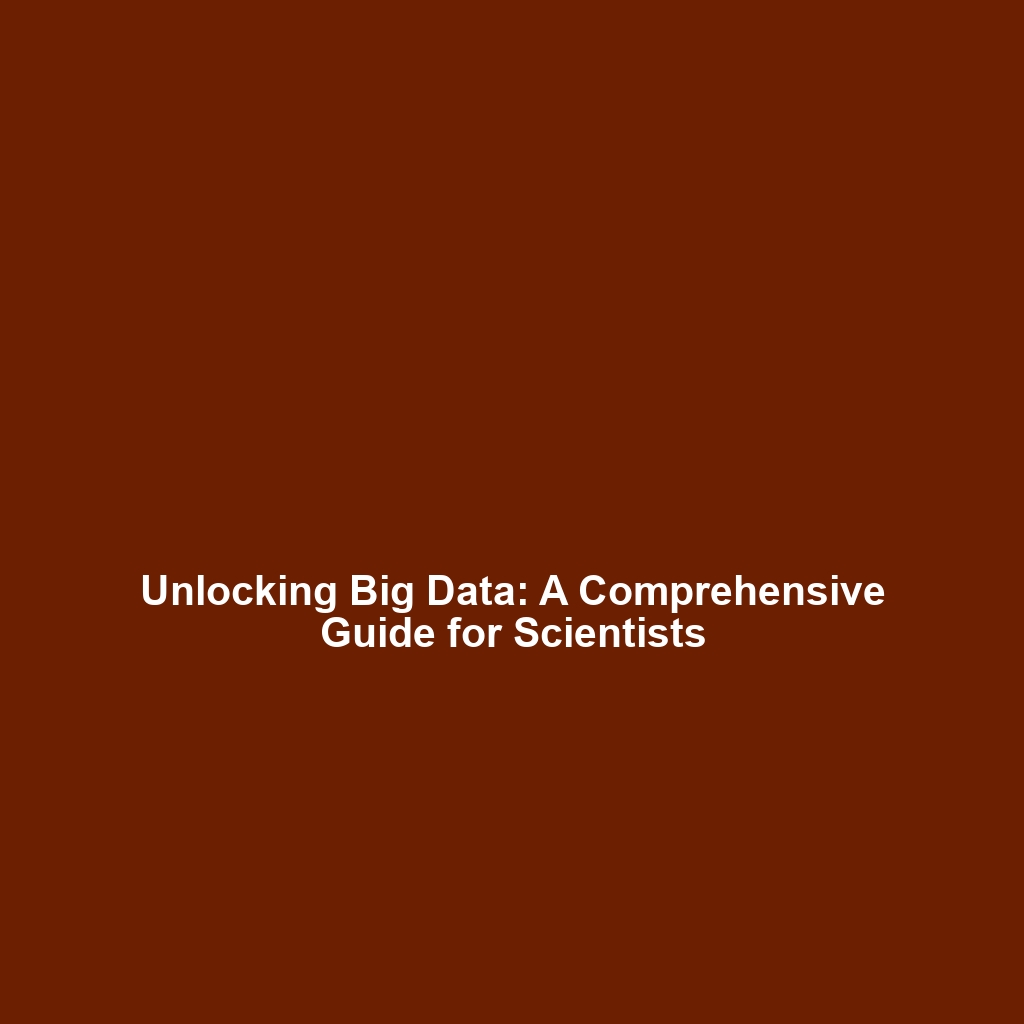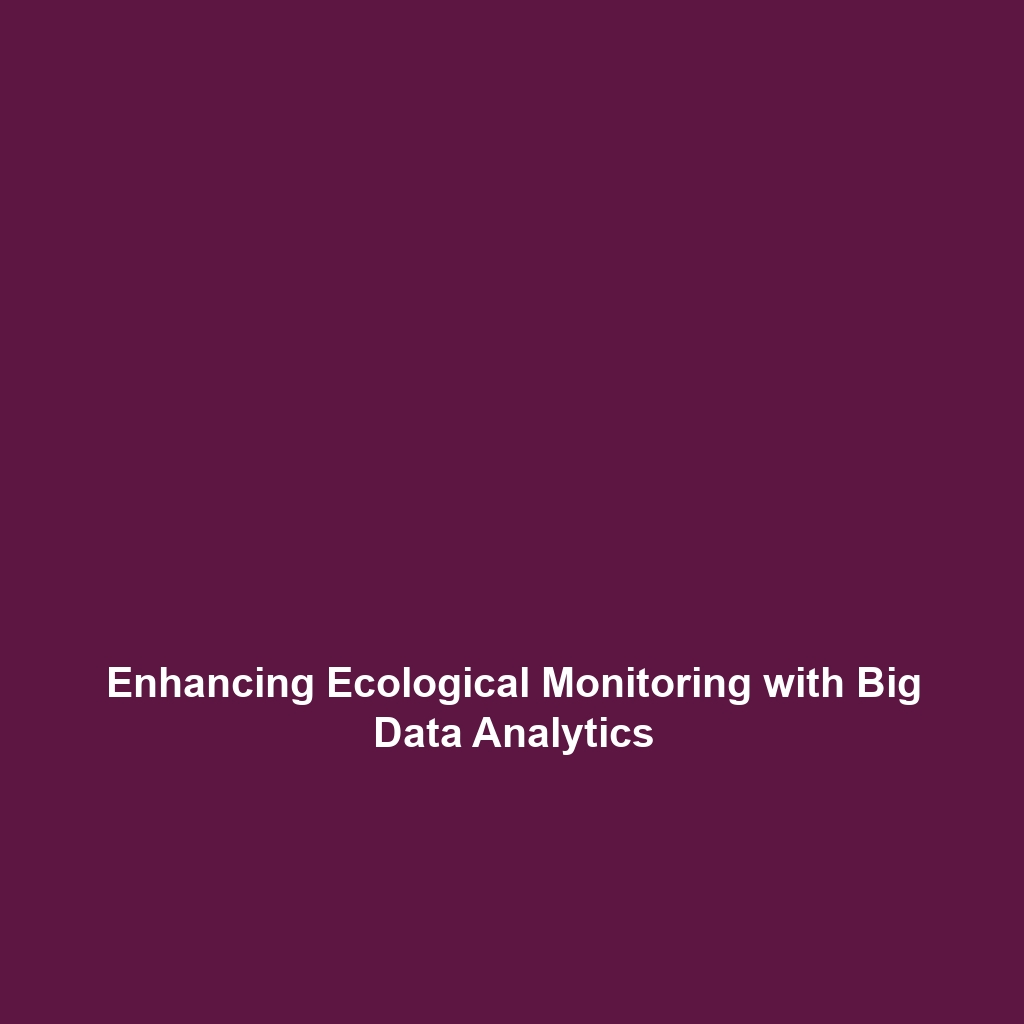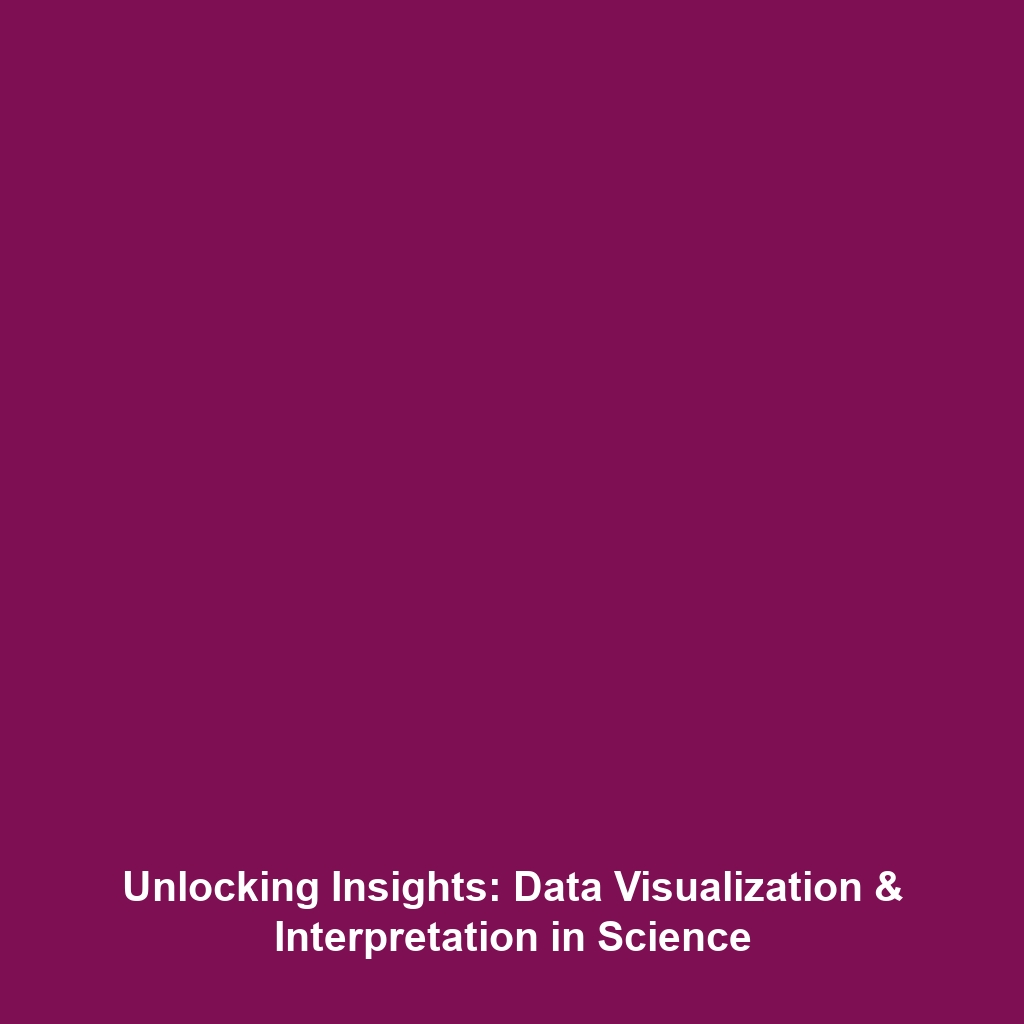Migration Patterns: Homo Sapiens Spread Out of Africa
Category: Human Evolution
Introduction
The migration of Homo sapiens out of Africa between 60,000 and 100,000 years ago is a pivotal chapter in the story of human evolution. This significant event marks the dispersal of modern humans into Europe, Asia, Oceania, and the Americas, dramatically transforming the genetic landscape and ecological interactions of each region. Understanding these migration patterns sheds light on the ancestry and adaptability of current human populations, providing insights that are critical to the fields of anthropology, genetics, and archaeology.
Key Concepts
Origins of Migration
Human migration from Africa is supported by genetic, archaeological, and linguistic evidence. Key concepts related to this phenomenon include:
- Out of Africa Theory: This theory posits that all modern humans trace their lineage back to a common ancestor in Africa.
- Genetic Drift: As Homo sapiens settled in different continents, populations underwent genetic changes that led to diverse traits.
- Cultural Adaptation: As humans migrated, they adapted their tools, languages, and lifestyles to fit new environments.
Applications and Real-World Uses
The study of migration patterns of Homo sapiens is essential for understanding human evolution and has several practical applications, such as:
- How Migration Studies Inform Anthropology: Insights from migration patterns help anthropologists reconstruct human histories.
- Applications in Genetics: Understanding the genetic diversity resulting from migration informs medical research and public health.
- Implications for Climate Studies: Migratory patterns can shed light on how ancient humans adapted to climate changes.
Current Challenges
Despite the significant advancements in our understanding of human migration, there are challenges that persist:
- Challenges of Incomplete Fossil Records: The available fossil evidence is often fragmentary, complicating the reconstruction of migration routes.
- Issues in Genetic Analysis: Analyzing ancient DNA is challenging due to degradation and contamination.
- Lack of Multidisciplinary Approaches: Often, research is siloed, missing the holistic view offered by integrating various scientific disciplines.
Future Research and Innovations
Future research is poised to uncover more about human migration patterns through innovative methods:
- Next-Gen Sequencing Technologies: Advances in genetic sequencing will enhance the analysis of ancient DNA.
- Big Data and AI: Utilizing artificial intelligence to analyze large datasets can lead to breakthroughs in understanding migration dynamics.
- Interdisciplinary Collaborations: Enhanced collaboration between geneticists, archaeologists, and climate scientists may yield new insights into migration patterns.
Conclusion
In summary, the migration patterns of Homo sapiens out of Africa are crucial to understanding human evolution. These historical movements shaped the genetic and cultural diversity we observe today. As research continues to advance, it is vital to integrate findings from various fields to develop a comprehensive understanding of these patterns. For further insights, explore our articles on Human Genetics and Anthropological Studies.
